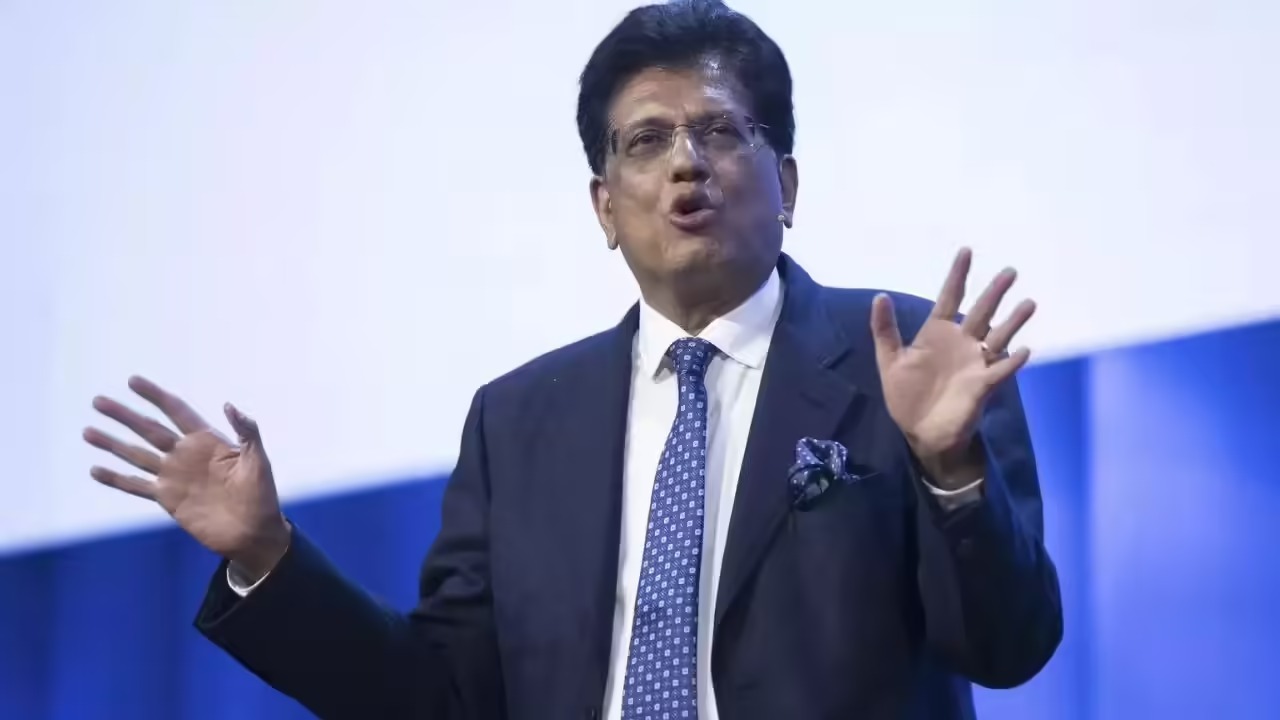A brewing conflict has emerged between the Indian government and automobile manufacturers regarding the adoption of a new tool designed to test fuel efficiency compliance for trucks. The disagreement centers on the methodologies, accuracy, and operational implications of the proposed testing instrument, set against the backdrop of India’s ambitious fuel economy standards and emission reduction targets. This clash sheds light on the broader tensions between regulatory enforcement and industry practicalities as the nation pursues greener transportation solutions.
Here is an in-depth examination of the ongoing dispute, key considerations from both sides, and the potential impact on the automotive sector.
Key Highlights Of The Government-Automaker Disagreement
The government is advocating for a specific testing tool intended to assess trucks’ real-world fuel efficiency as part of stricter regulatory norms.
Automakers have raised concerns over the tool’s technical validity, reproducibility of results, and the potential operational constraints it could impose.
Industry warns the mandatory implementation of the tool could increase compliance costs, delay vehicle certifications, and hamper production schedules.
The government stresses the necessity of accurate and standardized measurement methods to meet environmental goals and international commitments.
Regulatory agencies argue the tool will ensure transparency, reduce emissions, and encourage manufacturers to innovate for better fuel economy.
Both parties acknowledge the urgent need to address rising fuel consumption and pollution from heavy commercial vehicles, which contribute substantially to national emissions.
Government’s Position On The New Testing Tool
India’s transportation sector accounts for a significant share of the country’s greenhouse gas emissions and fossil fuel consumption. The government’s push for introducing this tool is part of a broader strategy to:
-
Enforce stricter fuel efficiency norms aligned with global standards.
-
Obtain reliable, consistent data that reflects trucks’ real-world performance, beyond lab conditions.
-
Drive technological advancements by holding manufacturers accountable to verified efficiency standards.
-
Contribute to national climate targets through reduced vehicular emissions.
-
Enhance policy credibility and compliance through robust, traceable testing protocols.
Automakers’ Concerns And Arguments
Vehicle manufacturers emphasize several issues with the mandated testing tool:
-
Questioning Accuracy: Skepticism about whether the tool captures diverse usage scenarios particular to India’s varied terrains and operating conditions.
-
Operational Impact: Concerns about prolonged testing durations, increased validation complexity, and certification bottlenecks.
-
Cost Implications: Potential rise in testing and compliance expenses affecting vehicle prices and competitiveness.
-
Technological Readiness: Calls for more extensive validation and collaborative development before enforcement.
-
Alternative Methods: Suggestions to consider flexible or multiple testing methodologies to better adapt to real-world conditions.
Industry representatives advocate for a balanced approach that safeguards environment goals while maintaining industry viability.
Potential Market Impact And Sectoral Implications
-
Enforcement of the new tool could tighten compliance, driving manufacturers to innovate fuel-saving technologies more aggressively.
-
Conversely, stringent testing could temporarily slow down new model launches due to procedural adaptations.
-
Costs passed on to consumers may influence fleet operators and logistics companies’ purchasing decisions.
-
Greater fuel efficiency across trucks could meaningfully reduce operational costs and carbon footprint for the transportation sector long term.
Stakeholder Dialogue And Path Forward
Industry bodies and government agencies have initiated discussions to address concerns and find common ground. Collaborative pilot studies and feedback rounds are being considered to refine the testing methodology. Transparency in communication and phased implementation timelines are key factors for a smoother transition.
Looking Ahead: Balancing Regulation And Industry Needs
Successful adoption of the new fuel efficiency testing tool hinges on:
-
Technical validation ensuring accuracy and reliability over diverse applications.
-
Industry readiness through capacity building and technology upgrades.
-
Regulatory flexibility to accommodate iterative improvements and stakeholder inputs.
-
Clear policies incentivizing compliance and innovation without undue burden.
Conclusion: Navigating The Road To Cleaner Trucking
The clash between the government and automakers over the truck fuel efficiency testing tool highlights the complexities at the intersection of environmental stewardship and industrial pragmatism. Achieving India’s ambitious emission and efficiency goals will require dialogue, innovation, and mutual understanding to ensure the country’s transportation sector moves toward a greener, more sustainable future.
Sources: Economic Times, Business Standard, Mint, Autocar India





